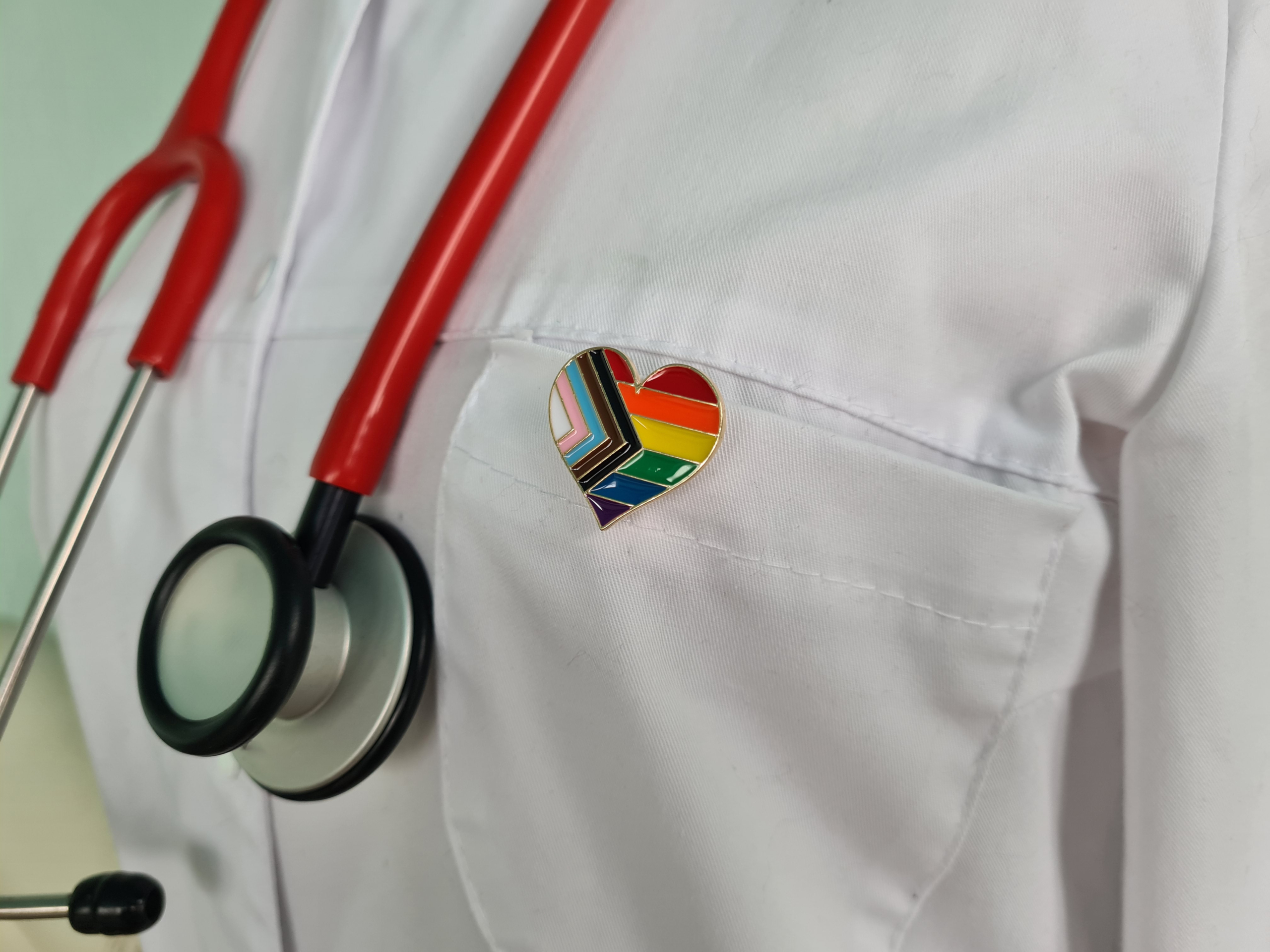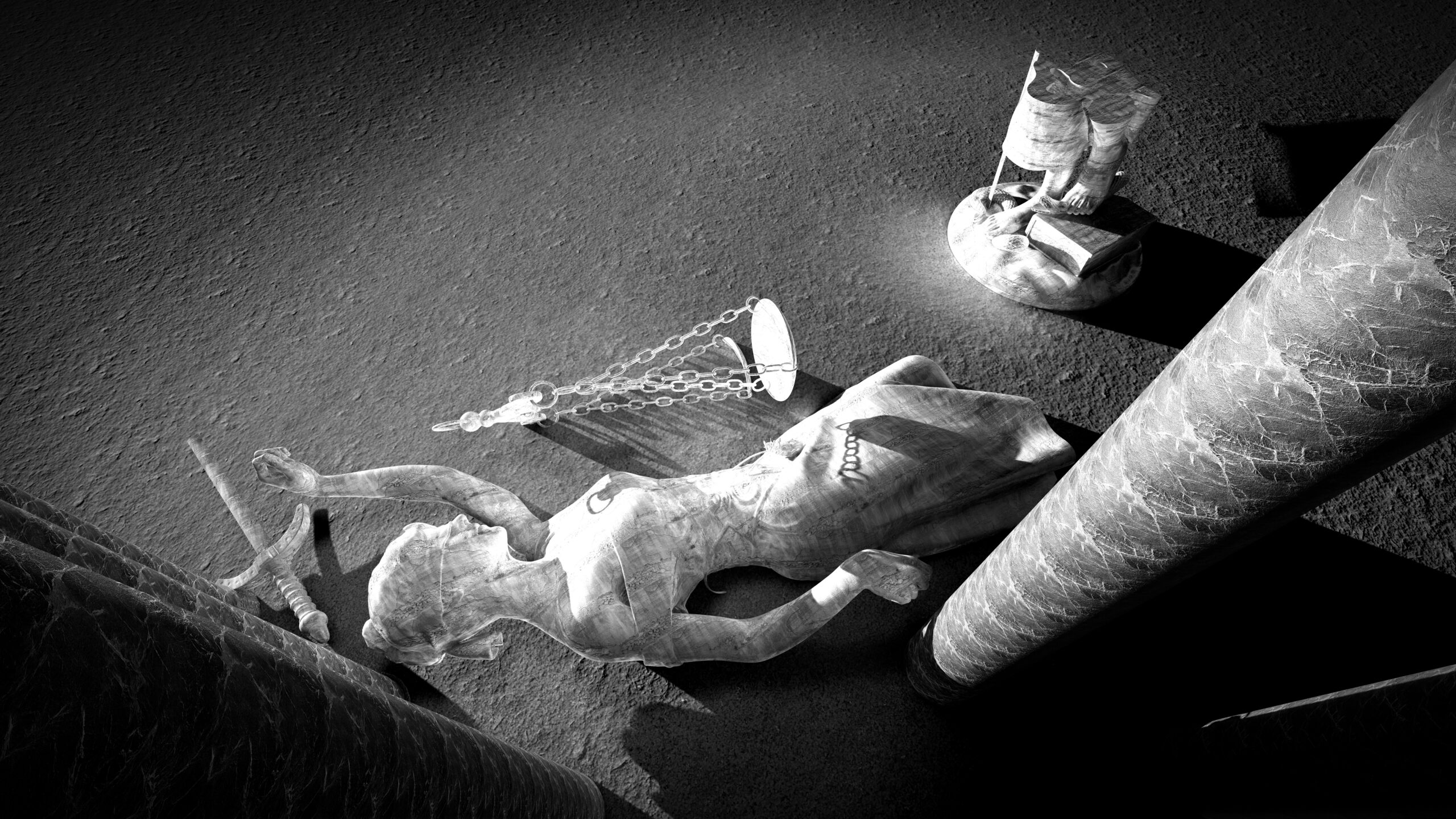CNIPA’s Requirements on Supplementary Experimental Data and Inventiveness Evaluation of CN Patent Application in Biology and Medicine | Linda Liu & Partners
[author: He Liu]
On December 14, 2020, the China National Intellectual Property Administration released “Announcement about Amendments to the Guidelines for Patent Examination (Announcement No. 391)” on its website, showing that the amended Guidelines for Patent Examination would come into force on January 15, 2021.
The amendments to the Guidelines for Patent Examination (hereinafter referred to as “Guidelines”) include: (I) amendment to examination criteria for supplementary experimental data; (II) amendment to additional limitations on composition claims; (III) amendment to the novelty evaluation of compounds; (IV) amendment to the inventiveness evaluation of compounds; (V) amendment to the depositary institution of biological materials; (VI) amendment to the drafting manner of claims concerning monoclonal antibodies; and (VII) amendment to the inventiveness evaluation of inventions in the field of biotechnology. Of these, the amendments involved in parts (I), (V), (VI) and (VII) are bound up with patents in the field of biology and medicine.
In the field of biology and medicine, patent drafting and examination as well as reply to patents not only follow general rules applicable to general fields, but have their own characteristics and laws. Also special requirements and practices are further exercised in the course of drafting, examining and replying the patents, in particular those patents concerning subject matters such as genetic engineering, protein engineering, antibodies and vaccines in the field of biotechnology. Here I will briefly analyze and sort out, from my experience, the provisions on supplementary experimental data and inventiveness evaluation in the field of biology and medicine, as stipulated in the amended Guidelines.
(1) Impact of the amendment to examination principle for supplementary experimental data on inventions in the field of biology and medicine
In Part II, Chapter 10, Section 3.5, the amended Guidelines make clearer provisions on the examination criteria for supplementary experimental data, specifying that “experimental data supplemented by the applicant after the filing date to meet the requirements under Paragraph 3 of Article 22, Paragraph 3 of Article 26, etc. of the Chinese Patent Law shall be examined by the examiner”, and adding examples of how to evaluate “supplementary experimental data of pharmaceutical patent applications”. The two examples clarify that where the technical effect to be proved by the experimental data the applicant supplements is obtainable for a person skilled in the art from the contents disclosed in the patent application document, those data can prove the sufficiency of disclosure of the description, and highlight that the supplementary experimental data shall be examined in inventiveness evaluation.
The above amendment offers strong support for elimination of the sufficiency-of-disclosure defect. In my experience, however, examiners will be extremely cautious about the relationship between the technical effect to be proved by supplementary experimental data and the effect data initially recited in the application document. If the applicant fails to provide good evidence proving that the technical effect to be proved by supplementary experimental data is derivable from the contents disclosed in the patent application document, it would still be difficult for them to overcome the sufficiency-of-disclosure objection raised by the examiner.
In current practice of patent examination in China, with the adjustments to examination criteria and examination rules, examiners shift more focus to the investigation of whether the technical solution of a patent application is inventive. When the inventiveness of an invention is challenged, it is workable for a patent applicant to submit supplementary experimental data. In general, the experimental data supplemented for the purpose of overcoming an inventiveness objection are in such a form that the effect data on the claimed technical solution are compared with those of the closest prior art (e.g., the reference cited by the examiner in an Office Action), and the supplementary experimental data must correspond to the claimed technical solution. Forms of supplementary experimental data are not limited thereto. Nevertheless, whether the supplementary experimental data will be accepted shall still be subject in principle to the relevant disclosure of the initial description.
The above amendments seem to relax restrictions on sufficiency of disclosure of the description, but in terms of the field of biology and medicine, most of patent applications are still required to cover necessary experimental evidence to support their technical solutions. In practice, applicants need to balance know-hows and sufficiency of disclosure of the description. In view of the fact that the field of biology and medicine is much less likely to be predicted in comparison to other fields, adequate experimental data offered when applying for a patent are still essential to the proof of the inventiveness of the invention.
(2) Amendments to the inventiveness evaluation of inventions in the field of biology and medicine
In Part II, Chapter 10, Section 9.4.2, the amended Guidelines add the provision regarding examination principle for the inventiveness of inventions in the field of biotechnology, improve the criteria for inventiveness evaluation of subject matters such as “genes”, “recombinant vectors”, “transformants”, and “monoclonal antibodies”, and replenish the specific criteria for inventiveness evaluation of the subject matter concerning “polypeptide or protein”.
The above amendments clarify and perfect the criteria for the inventiveness evaluation of major and hotspot technical subjects in the field of biology and medicine. The amended Guidelines assign a lower weighting to the “unexpected technical effect”, but put more emphasis on the general principle of determining whether an invention is inventive by the “three-step approach”. In respect of the examination principle for inventiveness of inventions in the field of biology and medicine, the amended Guidelines stipulate that “during inventiveness evaluation, the structural difference(s) and phylogenetic relationship between the claimed invention and the prior art shall be taken into consideration, together with the predictability of the technical effect, and the like”.
According to my experience, those amendments and improvements made in the Guidelines to the inventiveness evaluation of inventions in the field of biotechnology have actually run through and reflected in the examination practice over recent years. Here I will take this amendment to the inventiveness evaluation of the subject concerning “monoclonal antibody” as an example for illustration. The relevant provisions specified in Part II, Chapter 10, Section 9.4.2.1(5) of the previous Guidelines were formulated based on the technical level many years ago when monoclonal antibodies were characterized mainly by hybridoma cell strains. With the development of the sequencing technology, a large number of patent applications start to define monoclonal antibodies by structural features of sequences. As such, the above provisions are amended this time to further clarify and regulate the criteria for the inventiveness evaluation of monoclonal antibodies, so that the revised provisions become more practical.
In determining obviousness of a monoclonal antibody as a biomacromolecular compound, the technical feature concerning its structure per se should be the first priority to be considered. When determining whether an invention has non-obviousness, one should take into account the developing status of the prior arts and the technical effect of an invention from the perspective of a person skilled in the art. In terms of a monoclonal antibody defined by specific sequences (such as 3 CDR sequences in the heavy chain variable region and 3 CDR sequences in the light chain variable region of the antibody), the claim is directed to a specifically structured antibody. If the prior art fails to teach how to obtain another antibody having an equivalent effect but with a significantly different structure compared with the prior-art antibody, a person skilled in the art would not have a motivation to improve the structure of the prior-art antibody. Besides, a person skilled in the art is aware of the randomness of methods for screening monoclonal antibodies, and the difficulty in reasonable prediction of the structure of the monoclonal antibody obtained by a conventional screening method in the art and the biological function thereof. In this context, the monoclonal antibody defined by specific sequences is non-obvious to a person skilled in the art. As such, as long as the claimed monoclonal antibody is proved to generate an advantageous technical effect, the invention will have prominent substantive features and represent notable progress and is thus inventive, without a necessity of highlighting that the claimed monoclonal antibody has an unexpected technical effect.
The Guidelines implemented on January 15, 2021 were further amended to the Guidelines implemented on February 1, 2020. The new Guidelines further clarify the examination criteria for supplementary experimental data and improve the standards for inventiveness evaluation of multiple subject matters in the field of biotechnology. The new Guidelines help the applicant to preliminarily anticipate whether its invention meets the requirements for inventiveness before filing, and provide clearer approaches and guidance for the applicant to argue for the inventiveness of its invention, which has a profound impact on the administrative approval of application for drug-related patents and on the innovative development of the biomedical industry.






